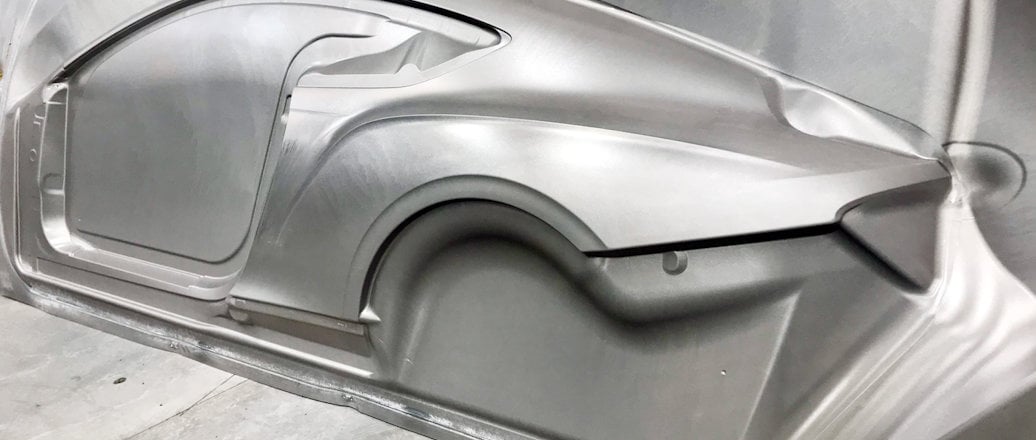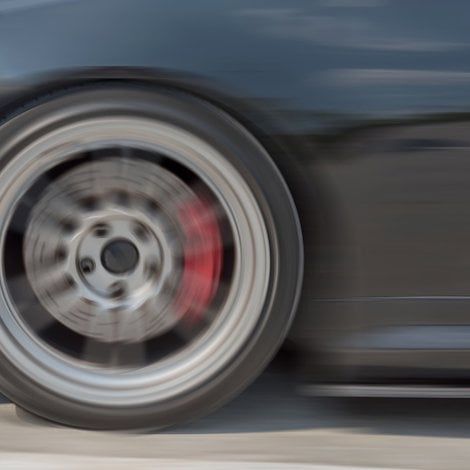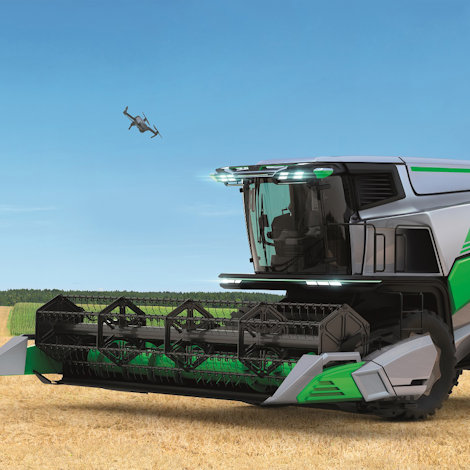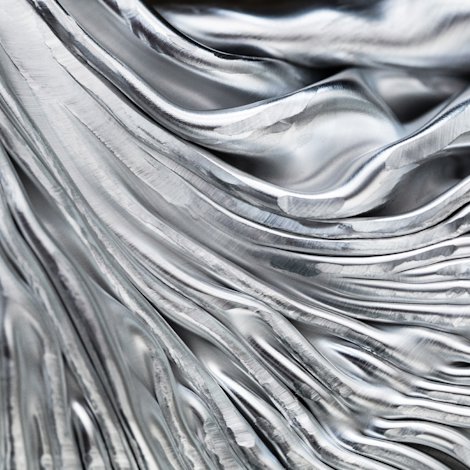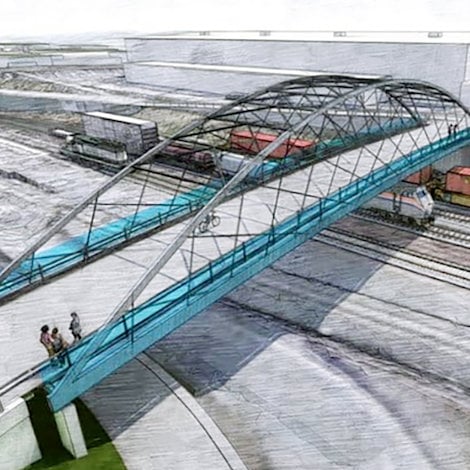How you can lightweight cars with superplastic forming
Superplastic forming gives automakers the opportunity to design complex components made from thin-walled aluminium sheet, without breaking the bank in terms of cost. I can tell you how.
The aerospace segment has been utilizing this forming technology for specialty products for more than 25 years, and the process is also being used to manufacture aluminium sheet components for trains and buses.
When it comes to passenger vehicles, superplastic forming offers carmakers the ability to lightweight their vehicles with aluminium rather than more exotic materials such as carbon fiber and composites. Bentley uses superplastic-formed aluminium sheet for the side panel of its Continental GT.
Forming technology for automotive
This forming technology for automotive enables you to stretch the aluminium sheet much more than with rolling and sheet forming – at least 200 percent above its original size. With superplastic forming, you put the sheet inside a die cavity or a pressure chamber, and apply hot gas pressure evenly to deform the metal.
The beauty is that the metal, when stretched, becomes uniformly thinner over the entire part, without local thinning, which can lead to tensile fracture. There are no internal cavities, either.
Aluminium alloys for lightweight construction
Of course, you need to use the right metal for the process. With aluminium, the 5083 alloy is typically used for superplastic-formed automotive applications. But other 5xxx-series alloys and even 7xxx-series alloys are being used today, depending on the function of the component. I’ve been part of a team that has developed aluminium alloys that are even better than the ones readily available in the market, because these new alloys have higher elongation or forming properties, and can reach higher post-forming strength.
Bottom line is that the alloy needs to have very high plasticity to be processed by superplastic forming, in addition to a fine and equiaxed grain structure, generally below 10–20 μm. These properties enable the metal to become superplastic at a high temperature, typically half of its absolute melting temperature. Aluminium is superplastic at 450–520 °C.
New trend in cost-effective automotive aluminium components
I promised to explain why superplastic forming is cost-effective for automotive components:
- Low tooling costs
- Low forming stresses
- Elimination of springback
- Short lead times
- Part consolidation
Let me finish with an example: I mentioned that the process allows you to stretch the aluminium sheet at least 200 percent above its original size. You can thereby form large parts out of one sheet, which in turn lets you replace heavier and more complex constructions that contain a high number of small parts. Like a side panel.

